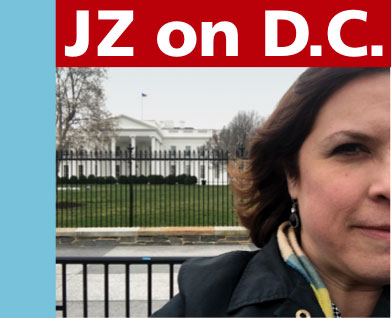4/1/2023
H-2A Wage Rule Released
Jennifer Zurko

H-2A Wage Rule Released
The Department of Labor (DOL) published a final rule on H-2A wages late February, changing the program’s wage-setting methodology, which could substantially affect required wages for job tasks routinely performed on greenhouse and nursery farms. The H-2A temporary agricultural program allows agricultural employers who anticipate a shortage of domestic workers to bring non-immigrant foreign workers to the U.S. to perform agricultural labor or services of a temporary or seasonal nature.
AmericanHort provided background of the concerns in a recent communication, stating that “a provision would trigger a separate new wage methodology for H-2A job orders specifying duties such as trucking/heavy hauling, first-line supervisors and mechanics. The mere inclusion of such duties would potentially trigger a much higher wage for all workers employed pursuant to the job order, and those in corresponding employment, regardless of whether all the workers performed the specialized duties.”
The National Council of Agricultural Employers (NCAE), of which FNGLA is a member, stated in a press release recently the new regulation “would not only continue DOL’s historic misuse of the USDA’s farm labor survey to manufacture wage rates in the H-2A program disconnected from the market for agricultural labor in the United States, but also injects additional new wage rates into the program similarly disconnected from agriculture to compensate some workers for routine on-farm chores.”
Amazingly, this rulemaking odyssey actually began in 2019. The regulation was set to go into effect on March 30.
—Tal Coley, CEO, Florida Nursery, Growers & Landscape Association
Save the Date: Impact Washington Summit
Join other industry peers September 18 to 21, 2023, for AmericanHort’s Impact Washington Summit. You’ll learn from industry, government and policy experts on topics impacting our industry, and meet with lawmakers from your state on Capitol Hill during pre-arranged meetings so you can share your latest business challenges and seek support from key government officials.
Stay tuned to this space for more details about the event in the coming months. —JZ
EPA Proposes Worker Protection Standard Revisions
On February 16, the Environmental Protection Agency (EPA) announced a proposed rule to change the pesticide Application Exclusion Zone (AEZ) requirements under its 2015 Agricultural Worker Protection Standards (WPS).
In 2020, EPA proposed changing the AEZ standards to loosen requirements. Due to legal challenges, these proposed changes never took effect, leaving the 2015 regulations in place. This rule change notice is essentially an effort to “clean up” the regulation.
The WPS regulations delineate protections for workers in agricultural establishments, including greenhouses and nurseries. In 2015, EPA changed the WPS provisions that require agricultural employers to keep workers and all other individuals out of the AEZ area during outdoor pesticide applications. These re-entry restrictions can be especially onerous at larger facilities. The AEZ area surrounds an ongoing pesticide application that employees should not enter to avoid exposure. This area moves with the equipment as the application is being made. In the most recent proposal, EPA proposes reinstating several provisions from the 2015 WPS to strengthen/expand the AEZ area. These protections include:
• Applying the AEZ beyond an establishment’s boundaries and when individuals are within easements (such as for utility workers to access telephone lines).
• Establishing AEZ distances for ground-based spray applications of 25 ft. for medium or larger sprays when sprayed from a height greater than 12 in. from the soil surface or planting medium, and 100 ft. for delicate sprays.
The new proposed rule also clarifies that suspended pesticide applications can resume after people leave the AEZ and an “immediate family exemption” that allows only farm owners and the farm owners’ immediate family to remain inside enclosed structures while pesticide applications are made. This allows family members to decide whether to stay on-site during pesticide applications. As part of this rule revision, EPA has a 60-day comment period, AmericanHort plans to submit comments concerning specific aspects of the proposed rule.
—Sara Neagu-Reed, Director of Advocacy & Government Affairs, AmericanHort
Letter Sent on H-2B TFR
The H-2B Workforce Coalition in Washington, D.C., sent a letter to the Department of Homeland Security and the Department of Labor concerning the Temporary Final Rule (TFR) that was published in December. Both AmericanHort and the National Association of Landscape Professionals advocate for our industry on this coalition.
Despite there being additional visas released and many positives with the rule, concerns remain around the timed allocation of the visas and lack of clarity when it comes to irreparable harm. A copy of the letter can be found at tinyurl.com/TempFinalRule.
—Tal Coley
News, views, commentary and event coverage about the policies and legislation that directly affect our industry. Share your thoughts, opinions and news with me: jzurko@ballpublishing.com.